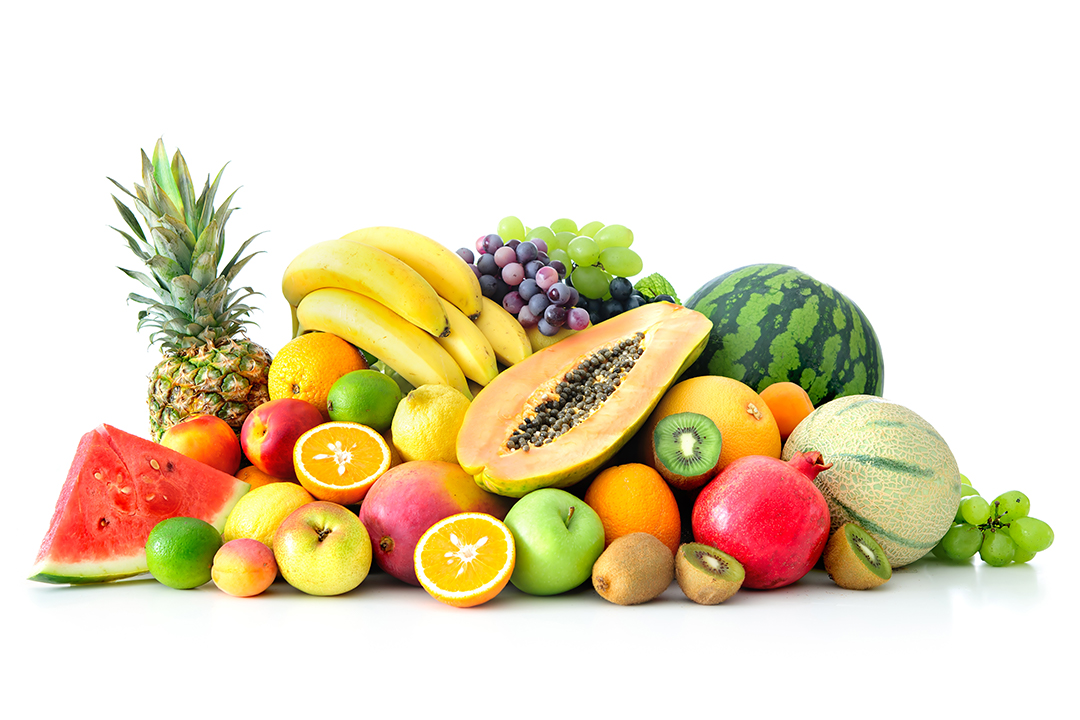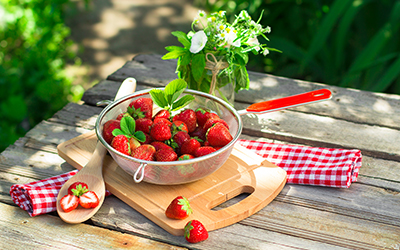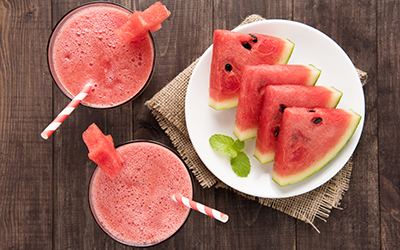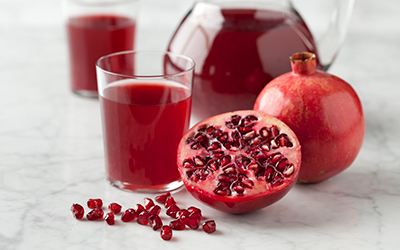We Tell you Everything About Fruits

Fruits are the central axis on which FrutaMare revolves. Mainly focused on the sale of oranges, we also offer our customers more varieties since the rural world is our world. Due to the contribution of fiber, vitamins, minerals and antioxidants, the consumption of these is necessary on a daily basis to keep us in an optimal state of health.
On this page we will not only talk (far above) about the composition and general properties of these foods. We will also talk about the recommended daily amount (don’t worry, you can consume a lot every day) as well as the different types that we will find depending on the season of the year, be it winter, autumn, spring or summer. In addition, we have attached a glossary from A to Z with all the different pieces that we can find in our nearest market.
Composition and Properties of the Fruit
Most of the composition of these is usually water, having an average of just over 80% concentration per piece. Say that calories usually depend on your percentage of carbohydrates as a general rule, although there may be exceptions.
Carbohydrates are usually due to the sugars in the pieces themselves, in this case fructose, glucose or sucrose, among others. These sugars are responsible for making it taste sweet, succulent and appetizing. Certain types may have complex carbohydrates such as starch, although the more mature it is, the lower the percentage of these sugars tends to be. The percentage of carbohydrates is usually between 5% and 18% depending on the piece we consume.
Regarding fats, as a general rule, most have less than 0.5% fat per piece, although in the case of avocado (14%) or coconut (35%) the fat concentration is higher.
Vitamin richness is also something that makes them necessary in the daily diet and is that they provide vitamin A, B1, B2, B6, C, folic acid and minerals such as calcium, potassium, zinc, iron, silica, magnesium… In addition, their load in fibers helps the proper absorption of nutrients in our digestive system. Review that antioxidants, flavonoids, terpenes and selenium, among others, keep us younger and healthier.
They contain important vitamin content (vitamins A, C, B1, B2, B6, folic acid) and mineral (potassium, iron, calcium, magnesium, silica, zinc, sulfates, phosphates, chlorides).
They provide fiber, mainly cellulose and pectins.
Most have a high water content ranging from 80 to 95 percent.
They have antioxidants, flavonoids, terpenes, selenium, phenolic compounds and phytochemical substances.
Recommended daily allowance
The recommended daily amount is a minimum of 3 servings, this is equivalent to 120/200 grams per serving or what is the same: a piece that fits in the palm of our hand, a cup of strawberries or a couple of slices of watermelon would equal one serving. Some recommendations to consume it optimally are:
It is recommended that they be at the exact point of maturity so that they have the most optimal properties. Although if they are very ripe they can be used for compote.
It is always better to eat it raw even if it is more difficult to digest.
It is advisable to consume freshly made juices.
The Importance of Seasonal Fruits
The advantage of consuming them in season is not only the flavor and aroma of the fruit itself, it also affects the quality of its composition and the environment, since we consume the fruit that is ideal for the weather of the time.
Spring fruits
- Strawberries: Strawberries are some of the most delicious that we can find during this time. They have a good content of vitamin C and A.
- Cherries: Cherries are another of the delights of the season with an intense red color and an addictive sweet flavor. They are rich in vitamin A, C, E and B.
- Loquats: One of the most delicious vitamins and low in calories are loquats. It helps lower cholesterol and can be preserved.
- Apricot: Another of the richest varieties of the time. It provides us with a lot of vitamin A and improves our intestinal transit considerably.
- Melon: The melon season begins in spring. One of the most moisturizing, low in calories and with a lot of vitamin C, A, E and minerals.

Summer fruits
- Strawberries: As we have said before, strawberries are delicious and yes, we can also find them in winter.
- Cherries: There are still cherries in the summer, but their production gradually declines as the summer progresses.
- Peach: One of the most fleshy, succulent, sweet and juicy of the summer. This fruit is rich in vitamins C, A, B and E as well as antioxidant minerals and fiber.
- Watermelon: Like melon, it is very rich in vitamin C, A, fiber and water. It also provides lycopene and a lot of water per piece consumed.
- Melon: In addition to spring, in summer we also find melon and, as we have already said, it is rich in water, vitamins C, A, E and minerals.

Autumn fruits
- Fig: It is usually very energetic due to the high concentration of sugars per piece. It also provides a large amount of vitamin A, minerals and fiber.
- Grape: The redder the grape, the richer it is in antioxidants. Also, autumn is when it has more vitamin B3, phosphorus, potassium and magnesium.
- Persimmon: This tropical fruit is one of the most delicious in autumn, whether it is persimon or softer, it is tremendously sweet and rich, as well as diuretic.
- Pomegranate: It is rich in vitamins A, C and B as well as rich in potassium, phosphorus and calcium, being very digestive and very rich in antioxidants.
- Orange: What else we have left to tell about oranges. Oranges are our standard and guarantee of quality.

Winter fruits
- Cherimoya: It is one of the richest and most beneficial and, in turn, one of the least known by most people. This is one of the winter ones that provides the most vitamin C.
- Tangerine: Tangerines are another of the products that we promote the most on our website and one of the ones that we grow year after year.
- Grapefruit: Grapefruit is one of the most widely used citrus fruits for diets and weight loss due to its diuretic properties and its few calories per piece.
- Pomegranate: We have already discussed it before, but this curious fruit made up of thousands of fleshy and juicy vesicles is one of the ones that provide the most vitamins A, C and B to our body. It is rich in potassium, phosphorus and calcium.
- Orange: We are not going to be the ones to explain the properties of orange, because we have already done it on a large number of occasions. We will only say that vitamin C is not the only good thing that this wonderful citrus has.

Glossary from A to Z
If you want to consult any of the fruits you want to know, in our glossary you will be able to find all those on the market arranged in alphabetical order. If you see that something is missing, do not hesitate to leave us a comment below:
Fruit that starts with A
- Acerola
- Almond
- Apricot
- Apple
- Anona
Fruit that starts with B
- Babaco
- Badea
- Banana
- Banyan tree
- Bearberry
- Beet
- Bergamot
- Blackberry
- Blueberry
- Breadfruit
- Borojó
Fruit that starts with C
- Cannon
- Cannon ball
- Cape gooseberry
- Carissa
- Cashew
- Chestnut
- Cherry
- Coconut
- Currant
Fruit that starts with D
- Damascus
- Date
- Dragonfly
- Dragon fruit
- Durian
Fruit that starts with E
- Elder
Fruit that starts with F
- Fig
- Fruit of the passion
Fruit that starts with G
- Grape
- Grapefruit
- Grenade
- Gooseberry
Fruit that starts with H
- Hairy
- Hazel
- Heisteria
- Hip
Fruit that starts with I
- Ibo
- Icaco
Fruit that starts with J
- Jabuticaba
- Jalapeno
- Jinicuil
- Jobo
- Jono
Fruit that starts with K
- Kaki
- Khaki
- Kino
- Kiwano Melon
- Kiwi
- Kumquat
Fruit that starts with L
- Lemon
- Lime
- Lulo
- Lychee
Fruit that starts with M
- Mammy
- Mango
- Medlar
- Melon
Fruit that starts with N
- Nancy
- Nectarine
- Noni
- Nut
Fruit that starts with O
- Okra
- Olive
- Orange
Fruit that starts with P
- Papaya
- Paraguayans
- Passion Fruit
- Peach
- Pear
- Peanut
- Pineapple
- Pink grapefruit
- Pistachio
- Plum
- Poleweed
Fruit that starts with Q
- Quandong
- Queen Claudia
- Queule
- Quince
Fruit that starts with R
- Raisin
- Rambutan
- Red Cranberry
- Rhubard
- Rocoto
- Rump
Fruit that starts with S
- Saguaro
- Sapodilla
- Saputá
- Sorveira
- Sorvinha
Fruit that starts with T
- Tamarind
- Tangerine
- Tomato
Fruit that starts with U
Fruit that starts with V
- Vanilla
- Victory
Fruit that starts with Y
- Yuzu
- Yoyomo
Fruit that starts with W
- Watermelon



